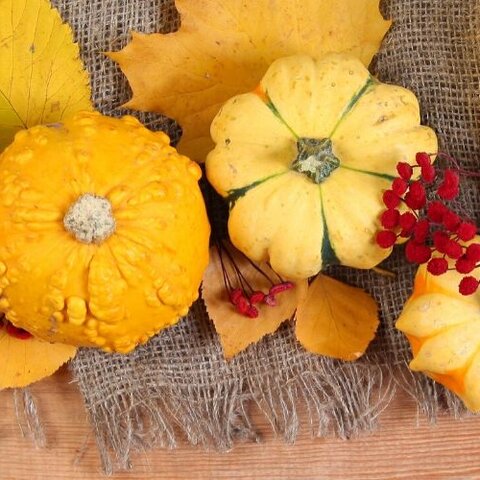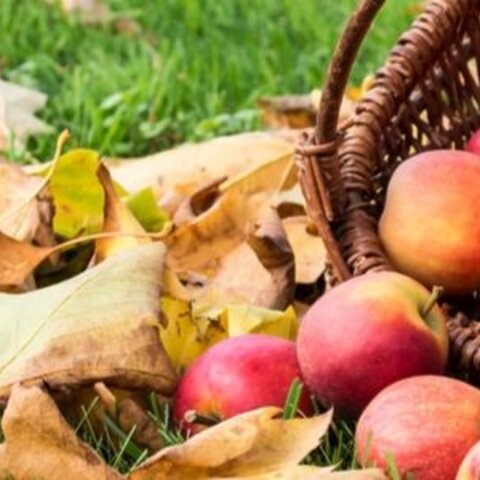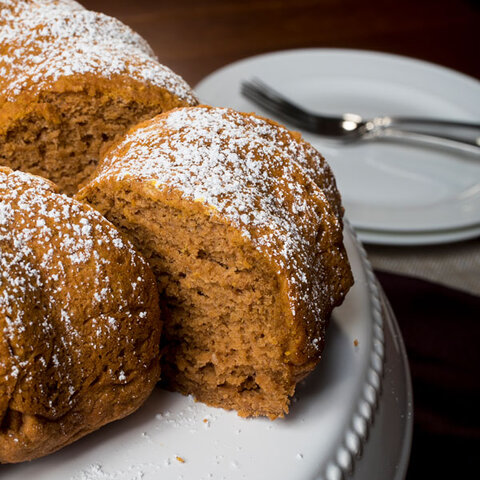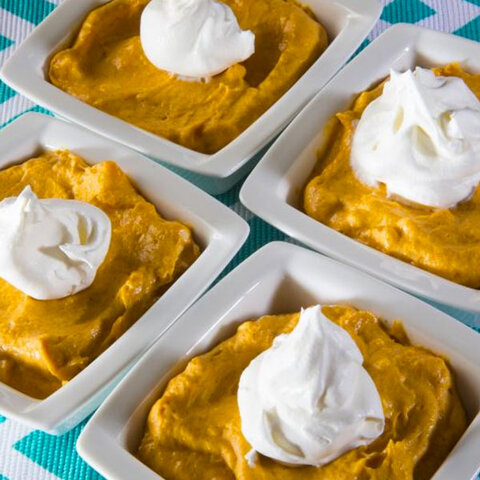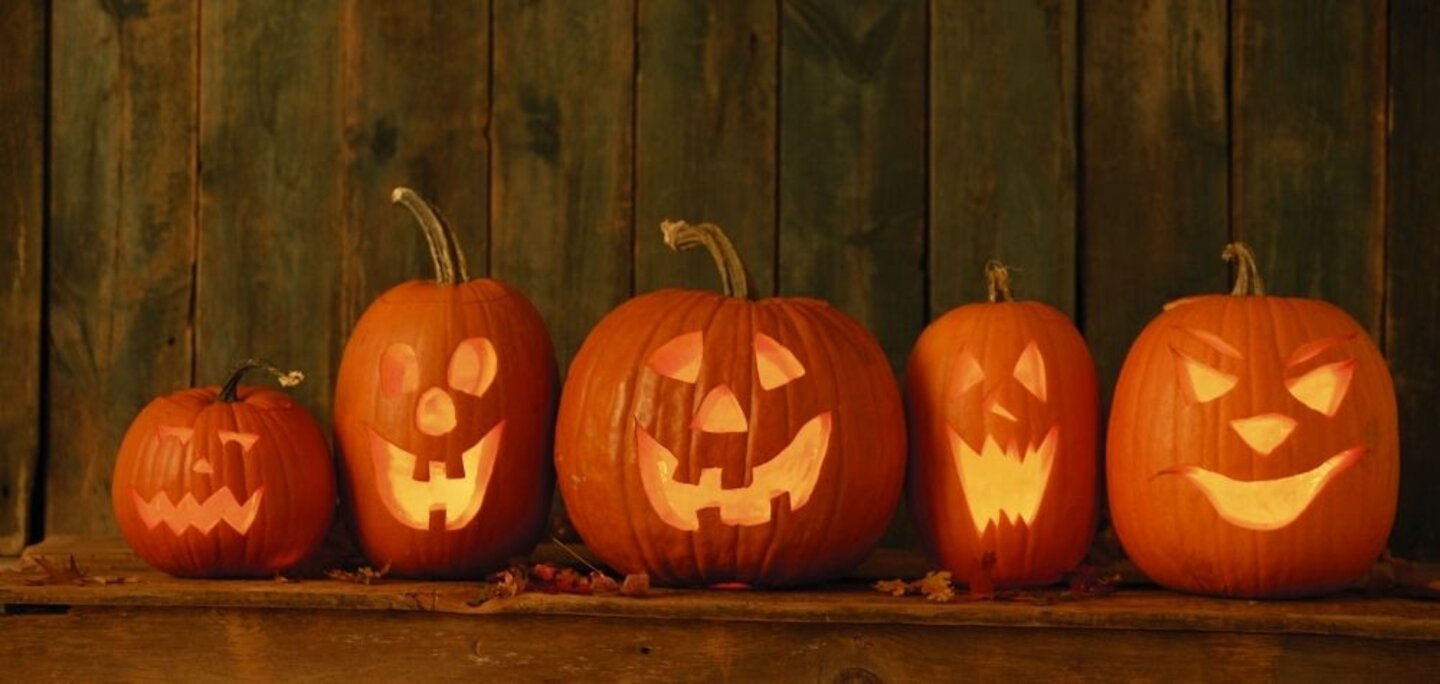
It's fall and thoughts turn to pumpkins! Can that large pumpkin sitting on your front porch still be used for eating? Sure — as long as it is in good condition and hasn't' yet been carved. Pumpkins typically used for jack-o'-lanterns usually are larger, with stringier pulp and more watery flesh. However, you can still eat the jack-o-lantern variety with fairly good results.
If you're buying a pumpkin specifically for eating, the smaller ones are usually the best. These sugar or pie pumpkins generally are sweeter, less stringy and have a deeper, richer color. Pumpkin seeds from any pumpkin can also be dried and roasted.
How do you prepare fresh pumpkin for making a pumpkin pie or pumpkin bread?
- Wash hands with soap and water.
- Wash the outer surface of the pumpkin thoroughly before cutting to remove any surface dirt that could be transferred to the inside of the pumpkin. Remove the stem with a sharp knife.
- Cut the pumpkin in half to make it easier to scoop out the seeds and scrape away the stringy mass. Cut the pumpkin into chunks.
- Cook until soft in boiling water, in steam, in a pressure cooker, in a microwave or in an oven. Check for doneness by poking with a fork.
- Drain the cooked pumpkin. Remove pulp from rind and mash. To cool, place pan containing pumpkin in cold water and stir occasionally. Refrigerate and use within 3 to 4 days.
- Pumpkin puree freezes well. Measure cooled puree into one cup portions. Place in zip closure bags or rigid freezer containers. Leave a half inch of space at the top of the containers. Label and date each container. Freeze for up to one year. Use the puree in recipes or substitute in recipes calling for canned pumpkin in the same amount.
Source:
Freezing Pumpkin, National Center for Home Food Preservation
This article was originally written by Alice Henneman. Reviewed and updated in 2024.
Tags:


